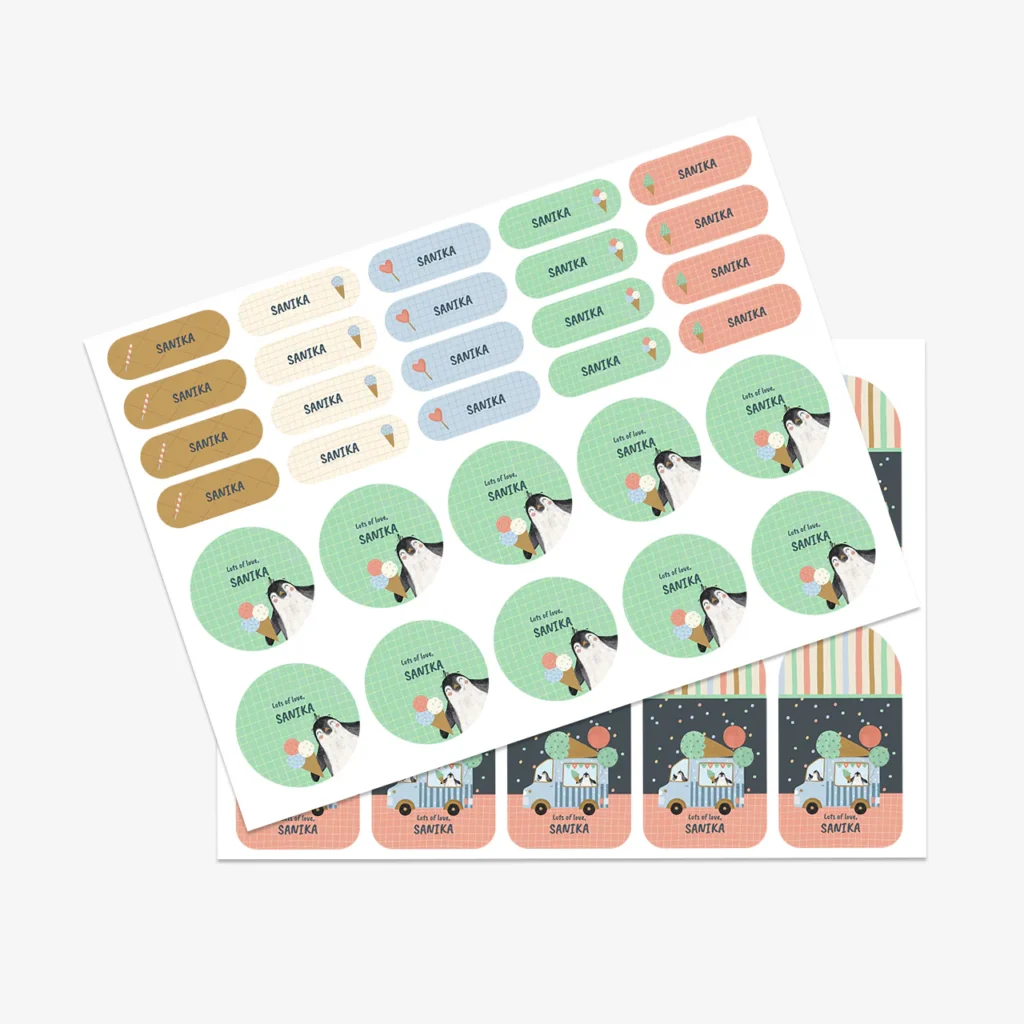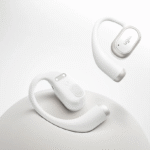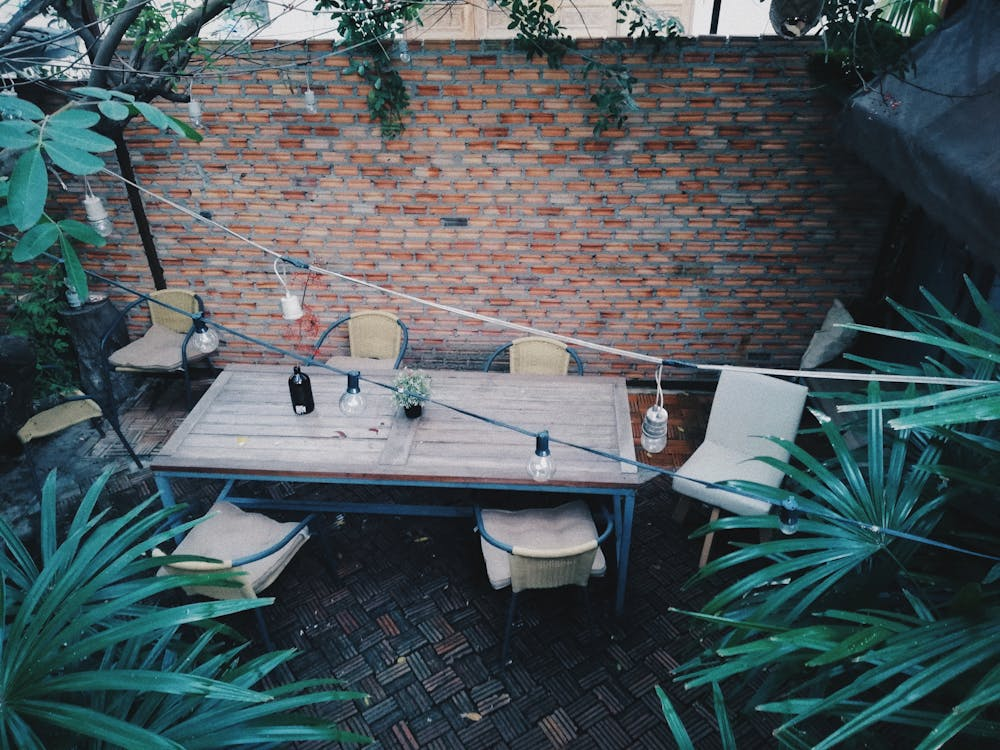Every parent knows the familiar scene: toys scattered across the floor, missing puzzle pieces, action figures mixed with building blocks. Teaching kids to organize their belongings can feel like an uphill battle. One simple yet effective method parents are turning to is using custom labels and stickers. These small additions can transform chaotic playrooms into manageable, structured spaces – all while making the process fun for kids.
Beyond keeping toys tidy, labels and stickers also serve as teaching tools. They give children visual cues, encourage responsibility, and help develop problem-solving skills. .
By combining practicality with creativity, labels and stickers become more than organizational aids – they become part of the learning process.
Why Labels Work for Kids
Children respond well to structure, but written labels may not be enough for younger kids who cannot yet read. Adding colors, icons, or themed stickers to storage bins helps them quickly recognize where items belong. For example, a picture of a teddy bear on a box signals where stuffed animals go, while a bright blue star may mark a container for building blocks.
This visual reinforcement gives children independence. Instead of waiting for instructions, they can identify where each toy should go, making cleanup easier for both kids and parents.
Color-Coded Systems for Easy Sorting
One of the most effective approaches is to use colors as organizational cues. Each toy category receives a different color label or sticker, so children can associate a shade with a specific set of toys.
Here’s a simple way to organize a playroom:
| Toy Category | Sticker/Label Color | Benefit for Kids |
| Building Blocks | Blue | Quick recognition and easy sorting |
| Stuffed Animals | Green | Encourages kids to return soft toys |
| Puzzles | Red | Helps prevent missing pieces |
| Art Supplies | Yellow | Keeps materials separate and visible |
| Action Figures | Purple | Distinct color keeps toys organized |
By following a color-coded system, children start to grasp categorization skills. This not only keeps the home organized but also reinforces early learning concepts.
Using Die Cut Stickers for Younger Kids
For toddlers, die cut stickers work especially well. Because these stickers are trimmed exactly to the shape of the image, they are easy to recognize. A dinosaur-shaped sticker on a bin makes it clear that dinosaurs go inside.
Parents can customize die cut stickers with animals, vehicles, or cartoon characters that match their child’s interests. This transforms organization from a chore into something enjoyable. Kids feel like they are part of the process when they see their favorite images on storage boxes.
Personalized Stickers for Ownership
Older children often appreciate having their names on their belongings. Personalized stickers add a sense of ownership, which encourages responsibility. Labeling a toy bin with a child’s name signals that they are in charge of that collection.
This method can also prevent disputes among siblings. Each child has clearly marked spaces, reducing arguments over shared toys. Personalized stickers are equally useful for labeling school supplies, backpacks, or lunch containers, minimizing the chances of lost items.
Comparing Sticker Types for Toy Organization
Parents often wonder which sticker format works best for their needs. Both die cut and kiss cut stickers are popular choices.
| Sticker Type | Features | Best Use Case for Kids Toys |
| Die Cut | Cut exactly to the design shape | Picture-based cues for younger children |
| Kiss Cut | Easy-peel from a backing sheet | Sheets with multiple toy categories |
| Roll Labels | Continuous format, quick to apply | Bulk labeling for many bins or drawers |
| Holographic | Shiny, reflective finish | Reward charts and special categories |
| Personalized | Names or custom text | Assigning bins to specific children |
Choosing the right type depends on the child’s age, preferences, and the size of the storage area.
Making Organization Fun
When kids help create and apply labels, the system feels more personal. Parents can set aside an afternoon to decorate boxes and drawers together, allowing children to choose their favorite colors or sticker themes.
Some families even use stickers as rewards. Every time a child returns toys to the correct bin, they can add a sticker to a chart. This gamifies the process and motivates children to stay consistent.
Long-Term Benefits for Families
While the immediate payoff of toy labels is a tidier room, the long-term advantages are equally valuable. Children who learn to organize at an early age often carry those habits into other areas of life. They become more responsible for schoolwork, clothing, and personal belongings.
From the parents’ perspective, a structured playroom saves time. Instead of spending hours sorting through piles, families can enjoy more quality moments together.
Practical Tips for Parents
To help families get started, here are a few practical ideas:
Choose durable stickers that can withstand handling. Jukebox offers custom sticker options that allow families to create designs suited to their children’s ages and interests.
Opt for bright colors or large images for toddlers.
Keep categories simple at first, then expand as children get older.
Involve kids in design choices to make them feel invested.
Store extra labels for seasonal toys that may rotate throughout the year.
Closing Thoughts
Toy organization does not need to be overwhelming. With the right combination of labels and stickers, families can bring order to even the busiest playrooms. Customizable options allow parents to adapt the system to their children’s needs, while involving kids in the process makes organization part of playtime.
By turning storage into an interactive activity, stickers and labels transform a daily challenge into an opportunity for learning, creativity, and family bonding.






